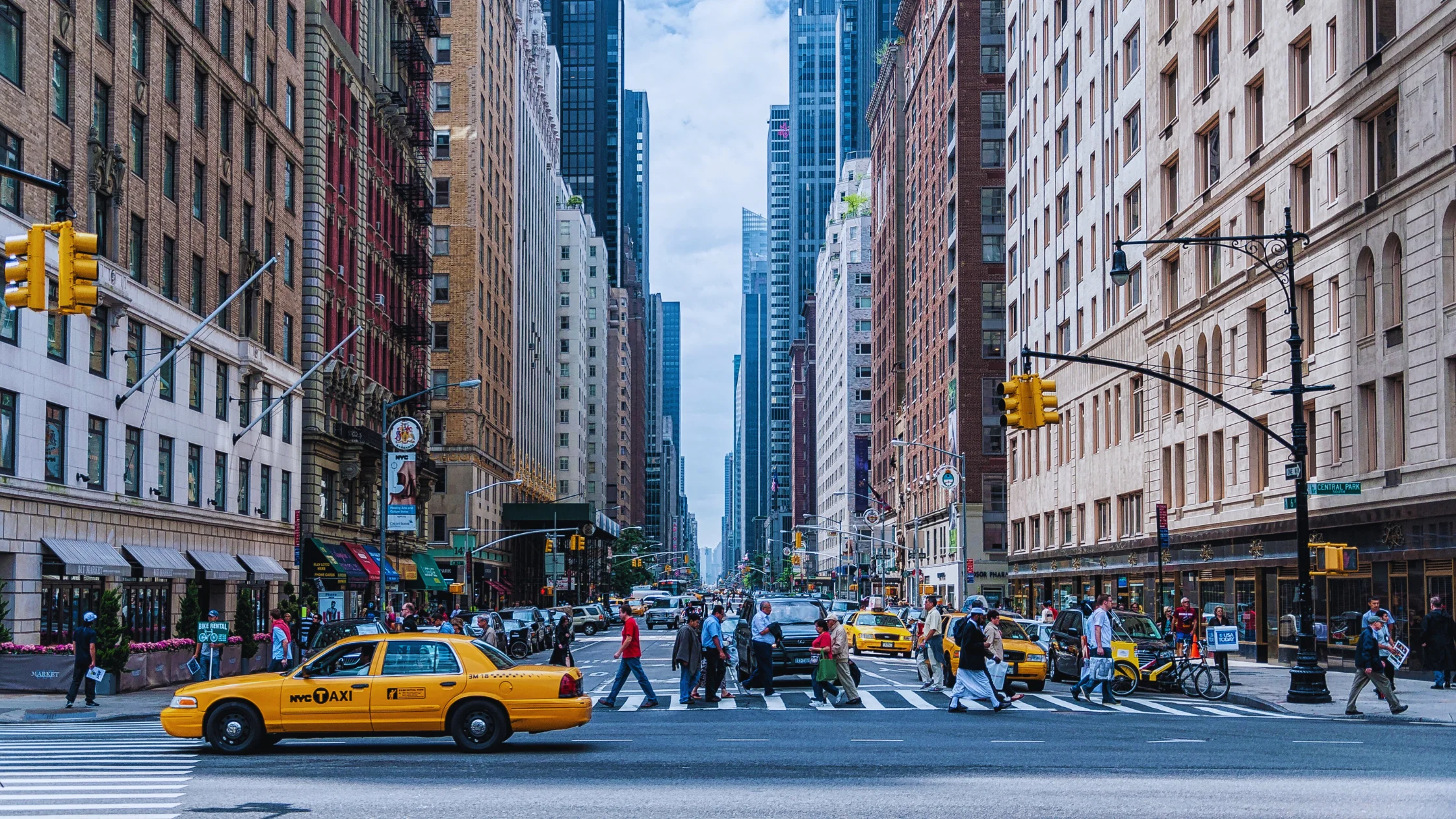By 2025, New York City will continue to change, affected by economic pressures, changes in lifestyles, and shifting demographics.
Although the city is an international hub, a growing number of people are rethinking their role in it, either accepting the possibilities it presents or seeking a new beginning elsewhere.
Population Growth Amid Migration Challenges
The New York City population 2025 reached around 8.48 million by 2025, which is an increase of 87,000 from July 2023 to the end of July 2024. The recent increase, fueled by a 1.7 percentage increase in Manhattan, is a sign of resilience following the previous drop of more than 100,000 by 2023. International migration has increased to the highest level in recent decades, while local migration is showing signs of improvement.
Aging Population Meets Youthful Energy
The demographic trends indicate that 20.2 percent of the city’s residents are below 18 years old, while 18.6 percent are over 65, which is a reflection of both a growing and youthful population. With 51.2 percent of the population being female, New York’s policymakers have to balance health, education, and the workforce requirements to meet the needs of this diverse group.
Top Reasons for Leaving the City
One of the main motives for New York’s outbound move is the high cost of living, specifically housing. The majority of respondents identified the high cost of housing as their primary motivator, according to a firm that offers complete New York moving services . With median rents in areas like Manhattan and Brooklyn exceeding $3,000 per month, the majority of residents are required to consider the quality of their lives against financial burden.
Other factors that influence motivation include family concerns (26 percent) and the prospect of a job (16 percent). While New York remains a beacon for professionals who are ambitious, the competitive nature of the job market and high cost of living are causing many to look for different options with a more balanced perspective.
The Pandemic’s Lasting Influence
The COVID-19 pandemic continues to influence the trends of migration. Remote work has allowed many to escape city limits and still work, which has led to an increase in people seeking out more affordable areas. This flexibility has provided people the opportunity to put their priorities on living space and comfort, an ongoing departure from the urban norms of pre-pandemic times.
Where Are New Yorkers Going?
The most popular destinations for former New Yorkers are West Virginia, Delaware, South Carolina, Washington, D.C., and North Carolina. These states are affordable, as well as having warmer weather and a slower pace of life. Families in particular prefer states that offer larger spaces and a better standard of living, without the cost of NYC.
Economic Ripple Effects
The departure of more than 61,000 residents could have serious economic consequences. Tax revenue reductions affect the funding of public services such as infrastructure and education. Smaller local businesses, particularly smaller ones, are feeling the pressure of less customer traffic, which can lead to closures or layoffs.
Suburban Migration and Housing
The rising cost of housing continues to draw people to suburban areas such as Westchester County and Jersey City. These areas offer a mix of space, accessibility to urban areas, and a lower cost of living. Residents are changing what is meant by “live in New York” frequently choosing luxury over comfort.









